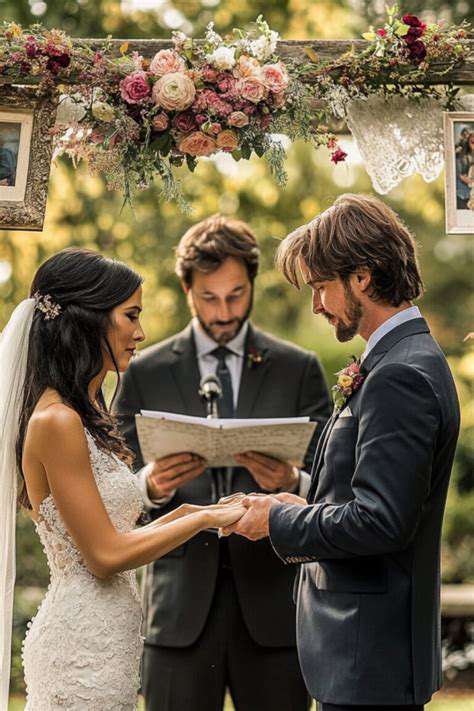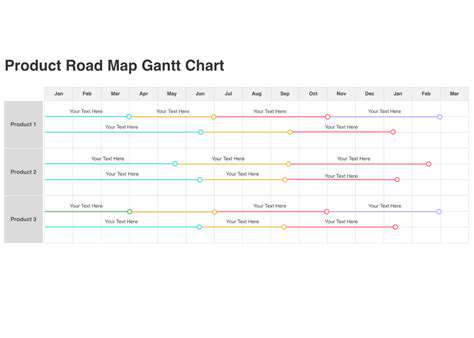Expert Advice on Wedding Venue Layout and Seating Arrangements
Optimizing Space for a Grand Celebration
Big weddings need smart spatial planning. With hundreds of guests moving through the space, your layout should work like a well-choreographed dance. Start with clear pathways - no one likes navigating a maze of tables in formalwear. Place the dance floor where it becomes a natural focal point, but consider sightlines from every seat. Those in the back should still feel connected to the first dance magic.
Catering logistics often get overlooked until it's too late. Position food stations so lines don't block traffic flow, and consider multiple bars to prevent congestion. For seated dinners, allow enough space between tables for servers to move gracefully. And don't forget about photography angles - your photographer will thank you for leaving clear sightlines to capture those spontaneous moments.
Adapting the Layout for Different Event Styles
Your venue layout should whisper your wedding style before anyone reads the program. Rustic charm? Think organic arrangements that blur indoor/outdoor boundaries, maybe with a ceremony aisle of scattered petals rather than rigid rows. Modern minimalist? Clean sightlines and strategic negative space make bold statements. Black-tie affair? Symmetry and defined spaces maintain that elegant formality.
The secret sauce? Let your venue's architecture guide you. A barn wedding begs for long communal tables following the lines of the space, while a ballroom might call for dramatic round tables radiating from a central dance floor. Work with what you've got - that quirky corner becomes a photo booth nook, that awkward pillar transforms into a draped focal point with the right lighting.
Crafting a Seating Chart that Works for Your Guests (and You!)
Understanding Your Guest List Dynamics
Creating your seating chart is like solving a puzzle where the pieces are your favorite people. Start by mapping relationships - who brings out the best in whom? That college roommate who tells hilarious stories? Seat them with your partner's work friends to break the ice. Elderly relatives? Give them a clear path to restrooms and slightly quieter spot. Remember: Comfortable guests are happy guests.
Watch for potential friction points too. The cousin who always debates politics? Maybe don't seat them with your future in-laws at their first meeting. Divorced parents? Give each their own space with buffers of neutral parties. It's not about taking sides - it's about ensuring everyone can relax and celebrate without unnecessary tension.
Maximizing Space and Flow
Ever been to a wedding where you felt like a sardine? Don't let that be yours. As a rule of thumb, allow 10-12 square feet per guest for comfortable mingling. That awkward empty corner? Perfect for a self-serve beverage station to naturally draw people through the space. Place your sweetheart or head table where you can see most faces - you'll appreciate being able to take in the room during toasts.
Think about natural movement patterns. People tend to circulate clockwise, so place food stations accordingly. Leave wide aisles between tables - no one wants to do the sideways shuffle while balancing a plate of hors d'oeuvres. And consider sightlines during key moments; you don't want Aunt Mary's fabulous hat blocking the view of your first dance.
Don't Forget the Details: Lighting, Music, and Ambiance

Choosing the Right Bulbs
Lighting sets the mood before a single word is spoken. The difference between 2700K and 3000K can transform clinical to cozy. For romantic ambiance, look for bulbs that cast a golden glow - think sunset tones rather than midday office lighting. LED candles with realistic flicker can add warmth to tablescapes without fire concerns.
Placement and Positioning
Lighting should guide the eye like a visual love story. Uplighting in the ceremony arch makes you glow during vows. Pinspots on centerpieces make tablescapes pop when the lights dim for dancing. One often-missed trick: Lighting the edges of your dance floor creates a natural boundary that draws people in.
Layer Your Lighting
Think of lighting like a wardrobe change throughout the evening. Bright for cocktail hour when everyone's mingling, softer during dinner conversations, then dynamic for dancing. Programmable smart lights can transition seamlessly so the mood evolves without abrupt changes that pull guests out of the moment.
Color Temperature and Mood
Cool tones (4000K+) have their place - maybe in restrooms where guests check makeup - but keep your main spaces warm. Pro tip: If your venue has harsh fluorescent lighting, see if they'll let you turn it off and supplement with your own lighting rentals. The difference in photos (and guest comfort) will be worth it.
Dimmers and Control Systems
A good DJ or band will know when to bring lights up for cake cutting or down for romantic moments. If you're DIY-ing, assign someone to manage lighting cues. Nothing kills a first dance vibe like accidentally hitting the bright work lights instead of the romantic spotlights.
Light Fixtures and Design
Your lighting choices should complement your theme without overpowering it. Crystal chandeliers scream black-tie, Edison bulbs whisper rustic chic, and color-changing LEDs fit modern vibes. Remember: Sometimes less is more - one stunning fixture makes a stronger statement than a dozen competing elements.











